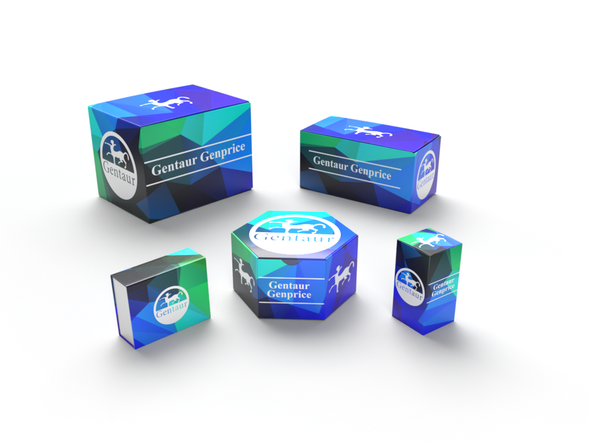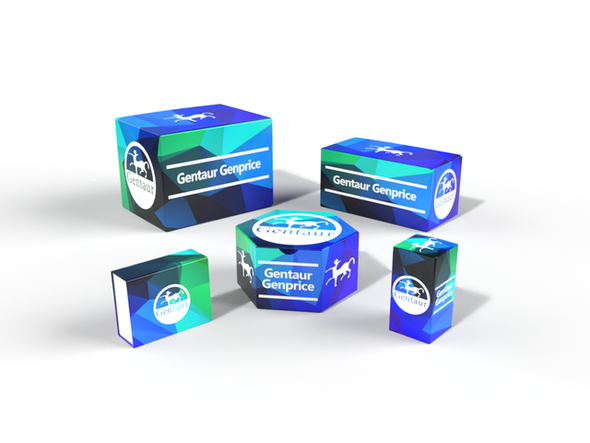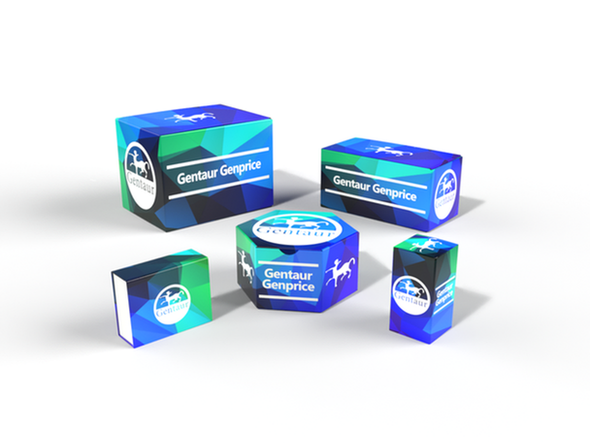740
Human Extracellular sulfatase Sulf-1 (SULF1) ELISA Kit | AE15864HU
- SKU:
- 740-AE15864HU
- Availability:
- Usually ships in 5 working days
Description
Human Extracellular sulfatase Sulf-1 (SULF1) ELISA Kit | AE15864HU | Gentaur UK, US & Europe Distribution
Species Reactivity: Human (Homo sapiens)
Abbreviation: SULF1
Alternative Name: FLJ30905; FLJ38022; FLJ41750; HSULF-1; KIAA1077; SULF-1; sulfatase FP
Application: ELISA
Range: 1.56-100 ng/mL
Sensitivity: 0.71 ng/mL
Intra-Assay: ≤4.9%
Inter-Assay: ≤7.9%
Recovery: 0, 99
Sample Type: Serum, Plasma, Other biological fluids
Detection Method: Sandwich
Analysis Method : Quantitive
Test Principale: This assay employs a two-site sandwich ELISA to quantitate SULF1 in samples. An antibody specific for SULF1 has been pre-coated onto a microplate. Standards and samples are pipetted into the wells and anySULF1 present is bound by the immobilized antibody. After removing any unbound substances, a biotin-conjugated antibody specific for SULF1 is added to the wells. After washing, Streptavidin conjugated Horseradish Peroxidase (HRP) is added to the wells. Following a wash to remove any unbound avidin-enzyme reagent, a substrate solution is added to the wells and color develops in proportion to the amount of SULF1 bound in the initial step. The color development is stopped and the intensity of the color is measured.
Product Overview: Heparan sulfate proteoglycans (HSPGs) act as coreceptors for numerous heparin-binding growth factors and cytokines and are involved in cell signaling. Heparan sulfate 6-O-endosulfatases, such as SULF1, selectively remove 6-O-sulfate groups from heparan sulfate. This activity modulates the effects of heparan sulfate by altering binding sites for signaling molecules. The deduced 871-amino acid protein contains an N-terminal signal sequence, followed by a sulfatase domain, a hydrophilic region, and a C-terminal substrate recognition domain. It also has a coiled-coil region, 10 N-glycosylation sites, and several consensus furin cleavage sites. SULF1 shares about 64% identity with SULF2 and 93% identity with mouse Sulf1.
Stability: The stability of ELISA kit is determined by the loss rate of activity. The loss rate of this kit is less than 5% within the expiration date under appropriate storage condition. The loss rate was determined by accelerated thermal degradation test. Keep the kit at 37°C for 4 and 7 days, and compare O.D.values of the kit kept at 37°C with that of at recommended temperature. (referring from China Biological Products Standard, which was calculated by the Arrhenius equation. For ELISA kit, 4 days storage at 37°C can be considered as 6 months at 2 - 8°C, which means 7 days at 37°C equaling 12 months at 2 - 8°C) .






